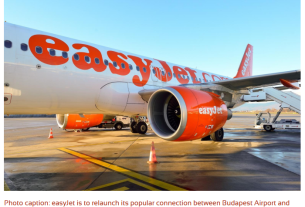The European Union Aviation Safety Agency has adopted an Emergency Airworthiness Directive (EAD) issued by the Federal Aviation Administration (FAA) for a specific configuration of the Boeing 737-9 (MAX). The EAD, which grounds aircraft in this specific configuration until an inspection has been completed, follows an event on an Alaska Airlines flight, where an exit panel detached from the aircraft inflight, leading to rapid decompression of the cabin.
EASA took the decision to adopt the FAA EAD despite the fact that, to the Agency’s knowledge and also on the basis of statements from the FAA and Boeing, no airline in an EASA Member State currently operates an aircraft in the relevant configuration. In the specific set-up covered by the EAD, a mid-cabin exit is replaced by a plug-in panel. This configuration is typically adopted by airlines flying lower-density operations (with lower passenger capacity) where this additional exit is not required to meet evacuation safety requirements.
The 737-9 aircraft operating in Europe do not have this configuration and are therefore not grounded by the EAD and can continue to operate normally.
EASA is in contact with the FAA on this matter and will follow the investigation into the Alaska Airlines event closely.



